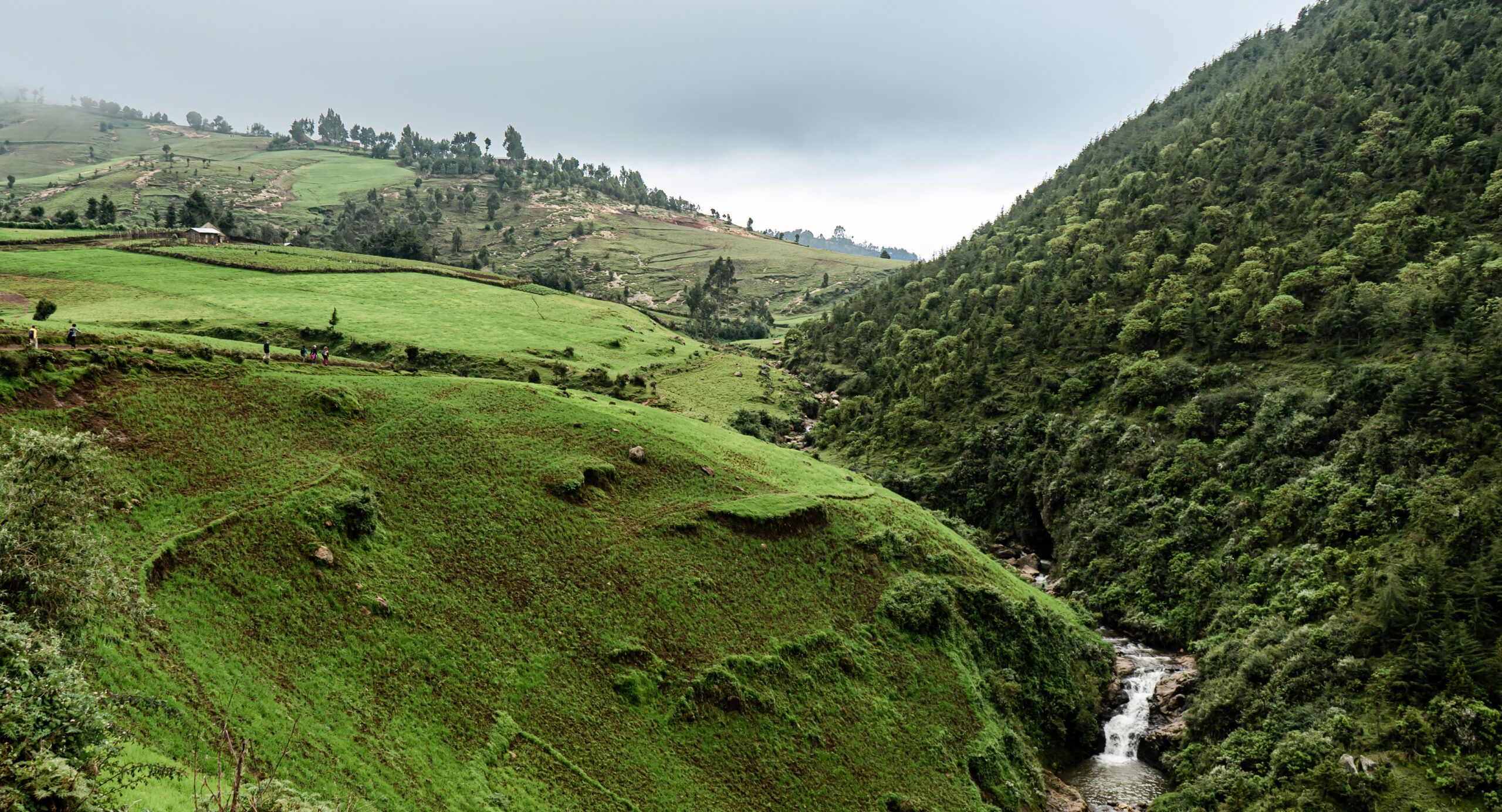Overview
Researchers
Erwin Bulte
Professor of Development Economics at Wageningen University
Goytom Abraha Kahsay
Assistant Professor at the Department of Food and Resource Economics, University of Copenhagen
Fekadu Tefera Meka
Oromia Forest and Wildlife Enterprise
- Country
- Ethiopia
- Timeline
- 11/01/2022 - 12/31/2024
- Constraints
- Land

Credits: Nina R, Flickr.
Ethiopian policy makers are confronted by two major and intertwined challenges: (i) the current unproductive nature of smallholder agricultural production and (ii) the deterioration of natural forest stocks. This study evaluates the impact of the community-based forest management (CBFM) policy, which began transferring management rights of forests to local communities in 1990 in an effort to simultaneously curb forest degradation, improve local livelihoods, and provide a pathway towards modernization and intensification of smallholder farming. Forest user groups (FUGs) were established and granted exclusive rights to sustainably manage specified tracks of forests, including the right to extract and trade timber and non-timber resources, in exchange for protecting the forest from over extraction and for paying a modest annual rent. CBFM may lead to the modernization of smallholder farming through four mechanisms: (1) income from forest rents enable smallholders to adopt new technologies, (2) income stabilization allows farm households to engage in high-risk, high-return agriculture with greater reliance on external inputs, (3) specific forest products are inputs in high-value agricultural activities for markets (e.g., forest-based forage for livestock), and (4) collective action in forest management may facilitate cooperation in agricultural activities. Can transferring management rights to Forest User Groups affect forest degradation and rural livelihoods?
In the Oromia state, where forests disappeared at a rate of 3% per annum between 1950 and 1990 (Tadesse 1999), the Oromia Forest And Wildlife Enterprise (OFWE) established more than 1000 FUGs that collectively manage close to two million hectares of forest. Researchers, in partnership with the OFWE, will upscale the CBFM program throughout Oromia, and will randomly phase in new villages. The study will combine baseline, midline and endline surveys with local market surveys, aerial photography and on-site forest transecting to rigorously study the impact of FUGs on forest degradation and rural livelihoods, including income, consumption, food security, and gender equity. The study will additionally vary the identity and “community-mindedness” of group leadership when implementing CBFM in order to compare the effectiveness of status quo local elite leadership with leadership groups that contain specifically-selected candidates of “local knowledge” and groups with a gender quota.
Project ongoing; results forthcoming.
Citation: Tadesse, T. (1999). A new look towards the conservation of the Adaba-Dodola forest [Unpublished]. Dodola (Ethiopia): IFMP, 13.